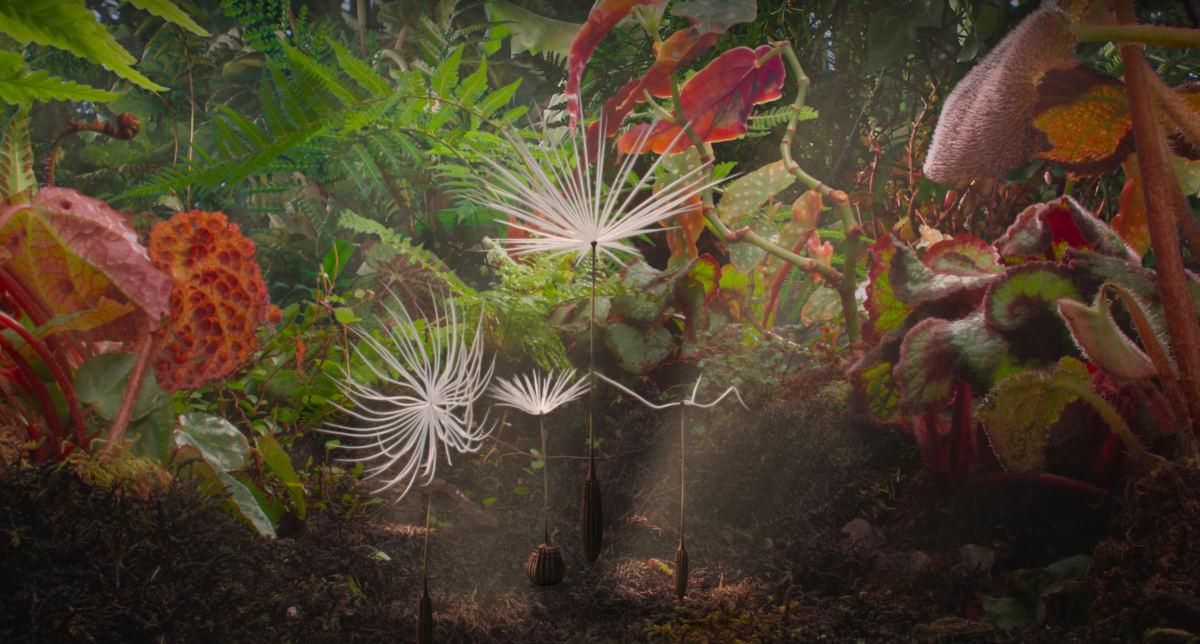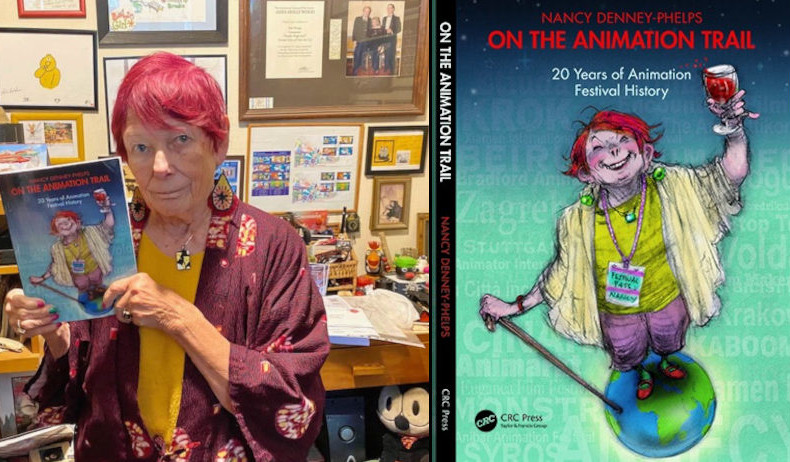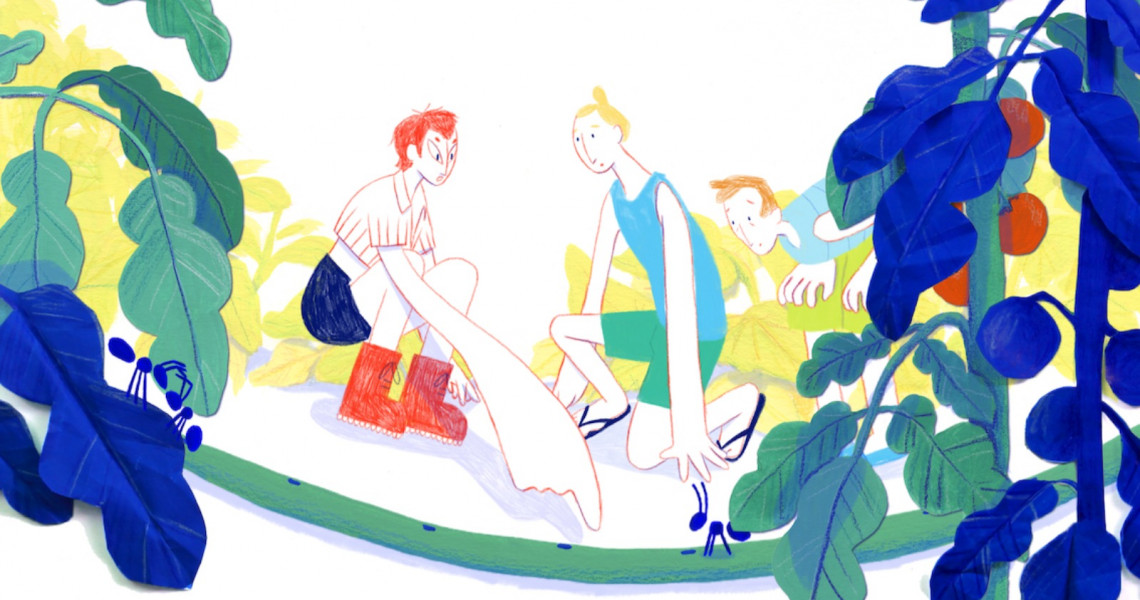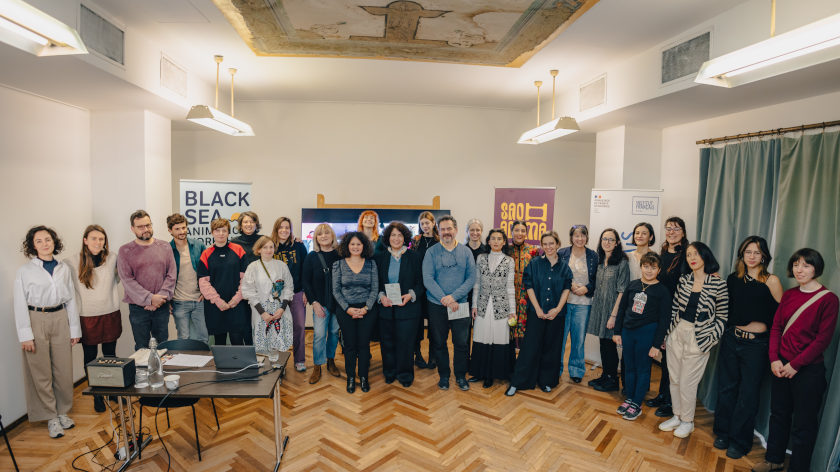Independent Animation Shorts
Confrontation and the Spectator: The Hangman At Home by Michelle and Uri Kranot

It's called confrontation. This is what Michelle & Uri Kranot bring forward -to our own animation plate, after a hard day's work. The short film 'The Hangman at Home' (production: Late Love Production /Denmark, Miyu Productions / France, Floréal Films / France, the National Film Board of Canada) is part of a bigger creative XR project and installation (more on the XR project here). The project itself is meant to bring the audience to employ a more dynamic role than a passive spectator. Having not seen yet the different manifestations of the project, I can definitely say that the 2D short film itself does the trick.
Michelle & Uri Kranot (Hollow Land, Black Tape among others) are not filmmakers which shy away from confrontational topics; yet their stance is one of informed sensibility towards the things that each spectator of their films should take seriously. What happens at 'The Hangman at Home' short film is the same; the slyly calm, informative voice of the narrator (voiced by Michelle Kranot) confronts the electric guitar's ominous and powerful riffs (music by Uri Kranot). It is a good intro to consider your own place in the story's backdrop: what does the hangman think about when he goes home at night after work?
Watch 'The Hangman At Home'
The directors present 5 main character in 5 differently, almost monochromatically colored set-ups: a pregnant woman, a teenager, a person who looks after his female relative, a father and his daughter and a senior person. What they all have in common, apart from being 5 incarnations of the hangman (who said that a hangman has to be a man?). Those carefully chosen slices of lives take care to put their characters in the middle of the frame; the immobile camera itself in the film's many wide shots works like the proscenium on a stage. It matters what is there in front of your eyes, of course; but it also matters who's watching it. The usual cinematic armory of camera movements has almost been eliminated in favor of our static scene with the moving characters. And, just like in the theater, we always expect (and fear) when these characters will look back on us -and they do look back.
'The Hangman at Home' does more than presenting a 5-case variant of its theme; it encloses its narrative and imagistic space so that we are trapped inside, along with the characters -with all our options to get out eliminated. Without making the result a claustrophobic experience, it is still a confined experience. We need to decide how to feel and act, while they (the characters) are having their own decisions. No wonder that, one by one, the characters leave the theatrical proscenium; whether they are closeting themselves behind doors, hiding inside the bed sheets, leaving the scene from an open window, they do leave us alone to handle the element of the crime. And we need to choose.
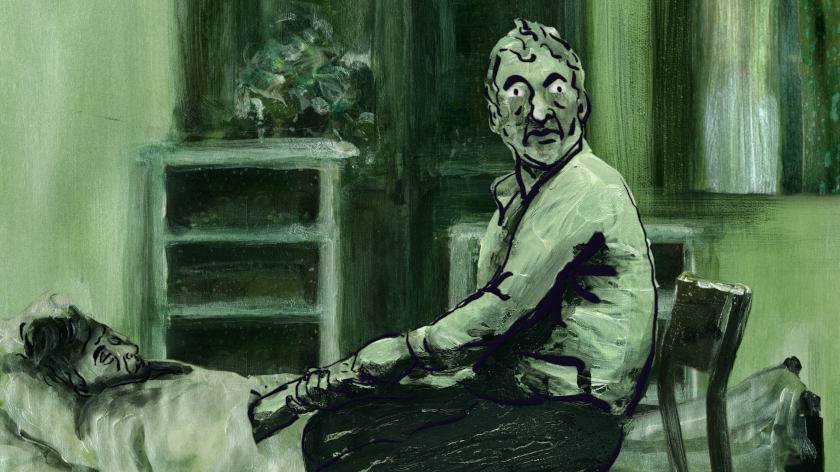
It is surprising how the film mesmerizes you through voice, hand-painted images and music to think you're sitting comfortably on the scene and you're waiting for the show to begin. The characters are playing a performance piece; caring for the others, playing horse games, reading books, or simply exploring their sexuality. They still perform: in front of a mirror, in the presence of another person. And it is also clear that culture itself, the books and music and the games the characters use on screen/stage have only a temporary soothing effect; when the outside world starts to issue its own sound notices, nothing of those things matters. Even the narration itself, with its syncopated intonation, will stop; and the audience will stay at home, now being a hangman for good.
'The Hangman at Home' uses its power to put you, the spectator, on the acting stand; more a film about ethical action rather than moral responsibility, it utilizes its whole, overwhelmingly present apparatus, to achieve this; there is no past in the film (no hangman backstories), and the hangman's future becomes your own present -you need to continue the story. This simultaneity is pivotal and remarkable at the same time. And the fact that we are drawn to this film like a fly around a light bulb is another testament of its crafty, almost inexorable, confrontational power.
Vassilis Kroustallis




